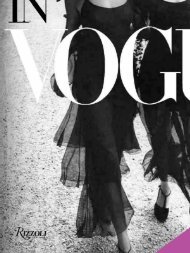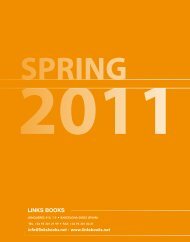Famille Verte - exhibitions international
Famille Verte - exhibitions international
Famille Verte - exhibitions international
Create successful ePaper yourself
Turn your PDF publications into a flip-book with our unique Google optimized e-Paper software.
In China, at the end of the 12th century, a certain Dong Jieyuan<br />
wrote a book in which he compiled existing text variants of<br />
popular theatrical plays, romances and ballads recounting<br />
a well-known love story. It was published as the Xixiangji<br />
zhugongdiaoi (The Story of the Western Wing in All Keys and<br />
Modes). In turn, this book was adapted and expanded by<br />
Wang Shifu (c. 1250–1300), a playwright, who published<br />
it as a comedy play in eight books, called the Xixiangji (The<br />
Romance of the Western Chamber). Although the Xixiangji<br />
entered the realm of classical Chinese literature, the story<br />
itself remained immensely popular among all classes in China.<br />
Even as recently as the 1980s Peking opera companies still<br />
staged performances, movies were made and even comics<br />
used the theme. Without exaggeration it can be stated that<br />
the Xixiangji is an essential part of China’s oral, literary and<br />
theatrical heritage. 1<br />
Because the story was so popular in China, the most<br />
important scenes became conventionalised images and were<br />
easily recognised by the general public. Woodblock illustrations<br />
in the many editions also concentrated on core scenes, thus<br />
creating a corpus of motifs that was widely used by painters,<br />
silk embroiderers, lacquer workers and other craftsmen.<br />
Porcelain, too, was often decorated with episodes from The<br />
Western Chamber, although depicting the scenes on rounded<br />
surfaces (vases, pots) or centralised in a circle (dishes, plates)<br />
required compositional skills that were quite different from<br />
those of the woodblock carvers. 2 According to Clunas, the first,<br />
rare examples in underglaze blue occur in the 14th and early<br />
16th centuries, 3 but porcelain painted with scenes depicting<br />
episodes from The Western Chamber, in underglaze blue as<br />
well as in enamels, only became a widespread fashion in the<br />
Shunzhi period (1644–61). These porcelains heralded its<br />
popularity on Kangxi (1662–1722) famille verte wares when<br />
wares with these depictions were not only produced for the<br />
domestic Chinese market but were also exported to Europe.<br />
Even though Europeans did not understand the cultural context<br />
of the decorations, they still regarded such wares as interesting<br />
and exotic.<br />
It has been suggested that the porcelain painters copied<br />
directly from woodblock engravings in books or from single<br />
sheet prints for The Western Chamber scenes. This is<br />
disputable because quite often the painted episodes contain<br />
mistakes, confusing, for example, the main characters or<br />
the paraphernalia that make them recognisable. Perhaps<br />
the porcelain painter, being illiterate, used images on other<br />
93<br />
media, but he must surely have had a general idea of the<br />
characters and the succession of the scenes, as is evident on<br />
the enamelled famille verte bowl and matching dish in the<br />
Groningen Museum (cat. 94). Though not exactly precise, the<br />
romance is told in a series of 24 panels in three bands that<br />
follow each other like a modern comic, depicting the essential<br />
scenes in the proper sequence. Such an extensive depiction of a<br />
story like this is very rare; 4 pieces with four (bowls), six or eight<br />
scenes (vases, pots) are more prevalent. Although we have no<br />
information on the original production orders, it is possible that,<br />
for instance, several bowls were painted with different scenes,<br />
creating a series depicting the complete story. Of course, such<br />
series were scattered after a while and we are fortunate if we<br />
still have two matching pieces (cats. 84, 85). Usually, only a<br />
single scene was painted in the centre of dishes and plates,<br />
although a few more could sometimes be added in small border<br />
panels. Bowls of a normal size sometimes display more scenes<br />
in panels on the outside, but rarely more than six. In such<br />
cases, series of several dishes or bowls with successive scenes<br />
might initially have been made.<br />
Emperor Kangxi (r. 1662–1722) effectively suppressed the<br />
Ming rebellions around 1683 and the porcelain industry in<br />
Jingdezhen could begin anew. Porcelain decorations with<br />
hidden political messages and allusions to the ‘good old Ming<br />
times’ were unwelcome and new sources for decorations had<br />
to be found. 5 Besides a more formal style, figural scenes<br />
were continued, if only to meet the demand from the rapidly<br />
growing group of Western customers. The ‘innocent’ (although<br />
in Chinese eyes rather sexy) Romance of the Western Chamber<br />
proved to be an ideal source of motifs and seems to have been<br />
more popular than any other theatrical scenes or literary stories.<br />
Strangely, its popularity as a porcelain decoration quickly<br />
disappeared after the reign of Kangxi and only few examples<br />
from the Yongzheng (r. 1723–35) and Qianlong (r. 1736–95)<br />
periods are known.<br />
The ‘boy meets girl’ love story takes place during the Tang<br />
dynasty (618–907), when it was first recorded (see note 1), and<br />
can be condensed as follows:<br />
Book 1. The bright but impoverished student Zhang Junrui (or<br />
Zhang Gong) is travelling with his servant to the capital to sit<br />
his examinations and they stop for the night at a monastery<br />
outside the walls of the city of Puzhou. While he is being shown<br />
around he encounters the beautiful Cui Yingying (‘Oriole’ in


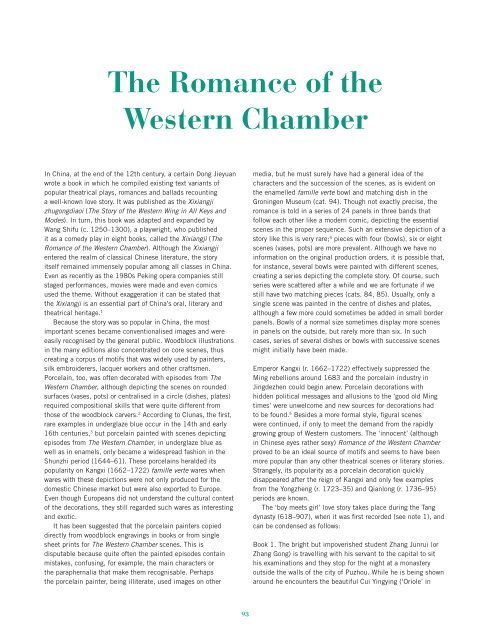
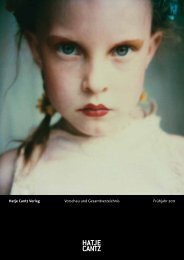

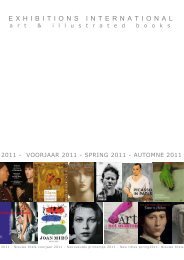
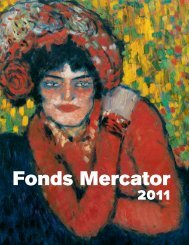
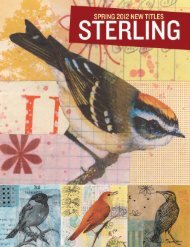
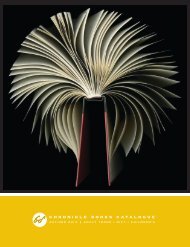
![01 -[BE/INT-2] 2 KOL +UITGEV+ - exhibitions international](https://img.yumpu.com/19621858/1/184x260/01-be-int-2-2-kol-uitgev-exhibitions-international.jpg?quality=85)

